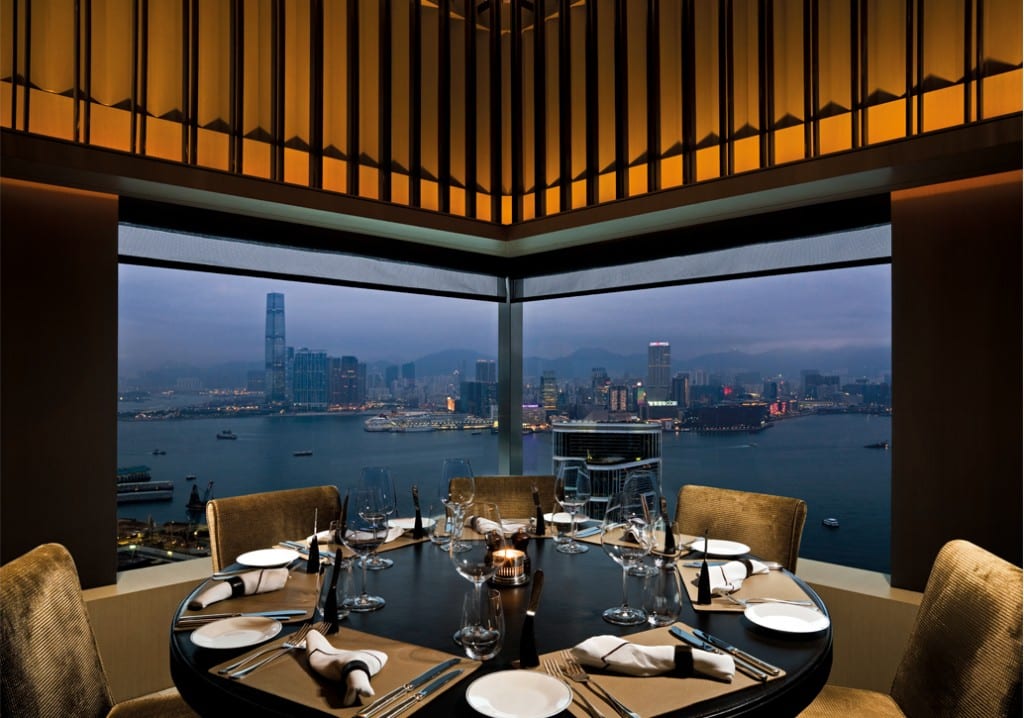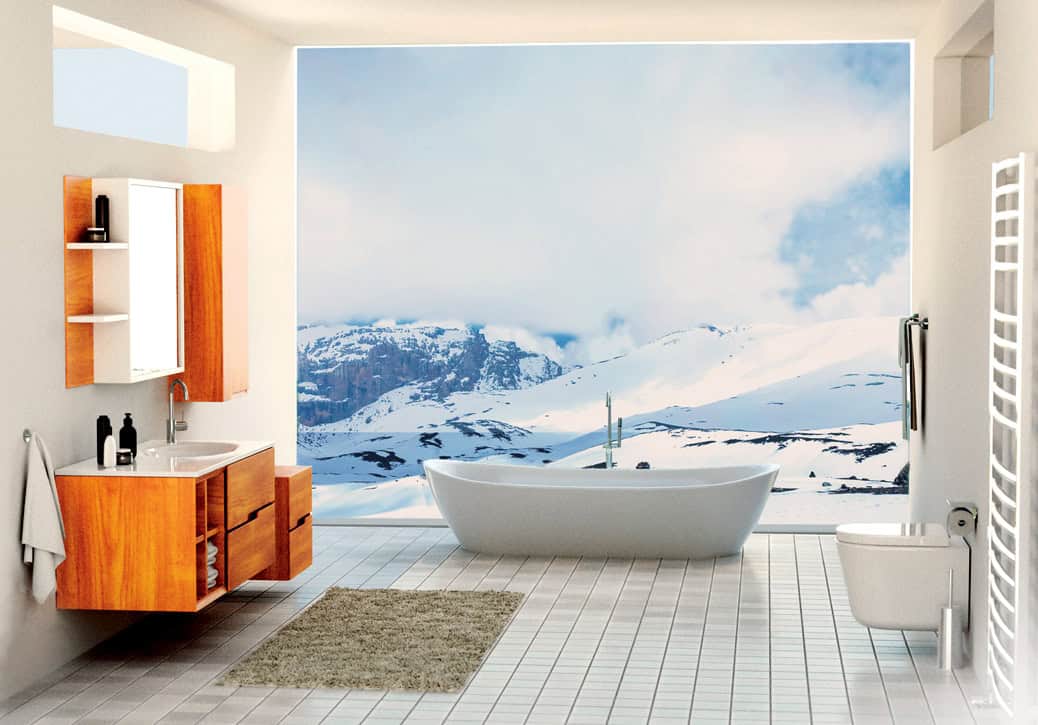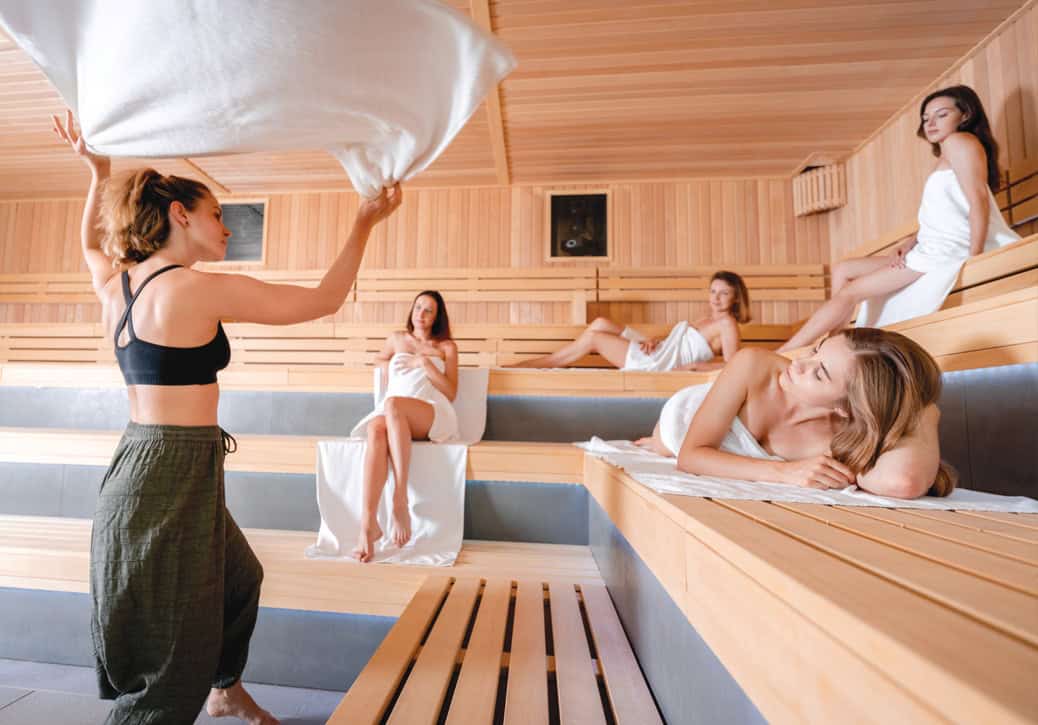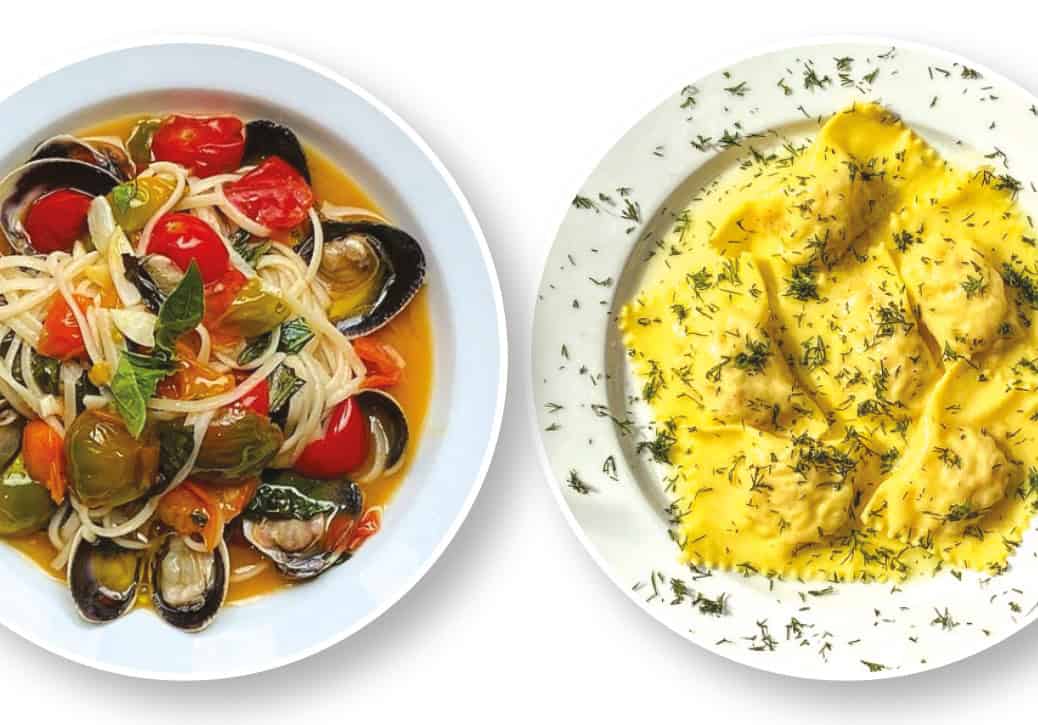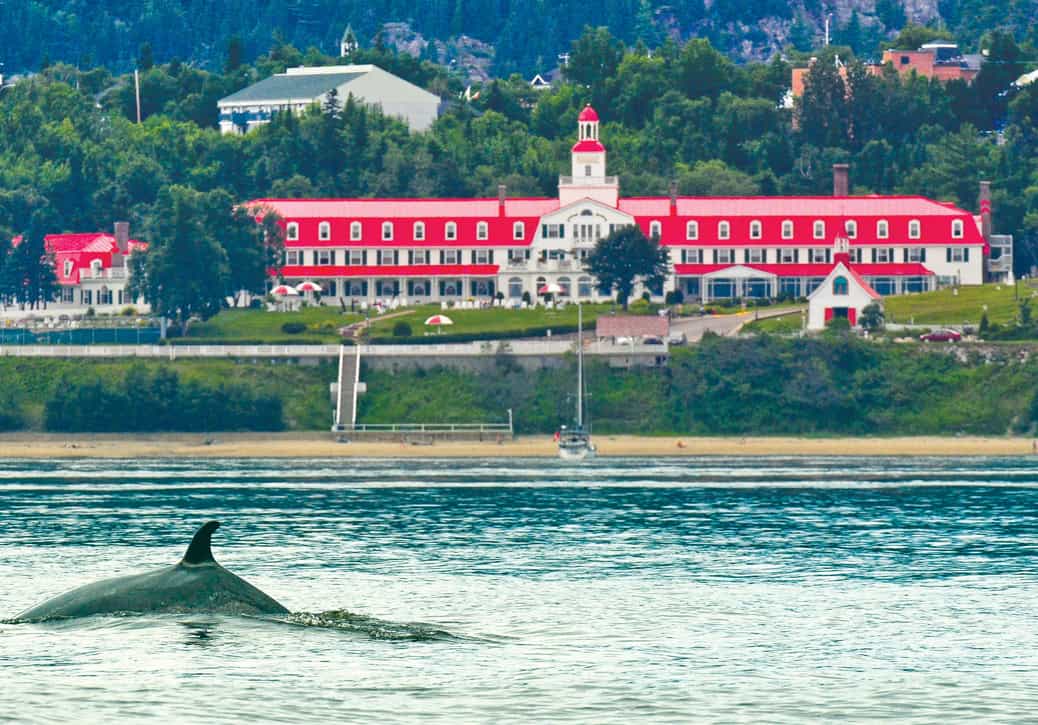With its legendary cuisine, iconic skyline and rich history, the spirit of Hong Kong is stronger than ever. From its early days as a British colony to the impressive modern city it’s become today, it’s always been a hub of excitement, commercial energy and dynamic growth, and one of my favourite places to visit.
By Keith Edwards
Upper House
It’s a haven of sensual richness. Light breaks dark. Intimate chases soaring tactile texture where stone and wood push against metal. Subtle fragrances become lifted by haunting aural soundscapes.
soaring tactile texture where stone and wood push against metal. Subtle fragrances become lifted by haunting aural soundscapes.
A long escalator takes us from the entrance of The Upper House to the arrival landing. It’s bathed in pale light. A delicate hint of ginger verbena, the house scent, sets the mood as we’re surrounded by natural wood, grand gallery-style sculptures and an elegant mixture of modern textiles and furniture. It’s as if I’ve stepped into a private collector’s personal space. Perhaps that’s not surprising, judging by the cheat sheet I’ve been given on Andre Fu, the young local architect who created The Upper House for The House Collective. Fu was apparently given the simple but sweepingly Zen assignment: “Create calm and comfort.”
Even the elevator chimes, which sound vaguely like the strike of Japanese Bonsho bells, deliver a shot of tranquility. The initial strike is followed by a mindful reverberation and, finally, gentle decay.
Two quick photos of my documents and I’m officially in residence. My suite is the sort of space you see in movies, with a “once in a lifetime” view over the chaotic Hong Kong harbour a mere 45 floors below.
The Upper House, like its sister hotels in The House Collective, was designed to make it feel like home.
I soaked up all the thoughtful little touches: a lovely stone sculpture on an illuminated pedestal that’s silhouetted against the bathroom skyline panorama, a proper wine cooler set at the correct temperature, with a well-curated selection of fine wines, and wooden shoe-trees that await my brogues. Other treats include a yoga mat, a complicated-looking espresso maker and, believe it or not, a toaster. I could live here.
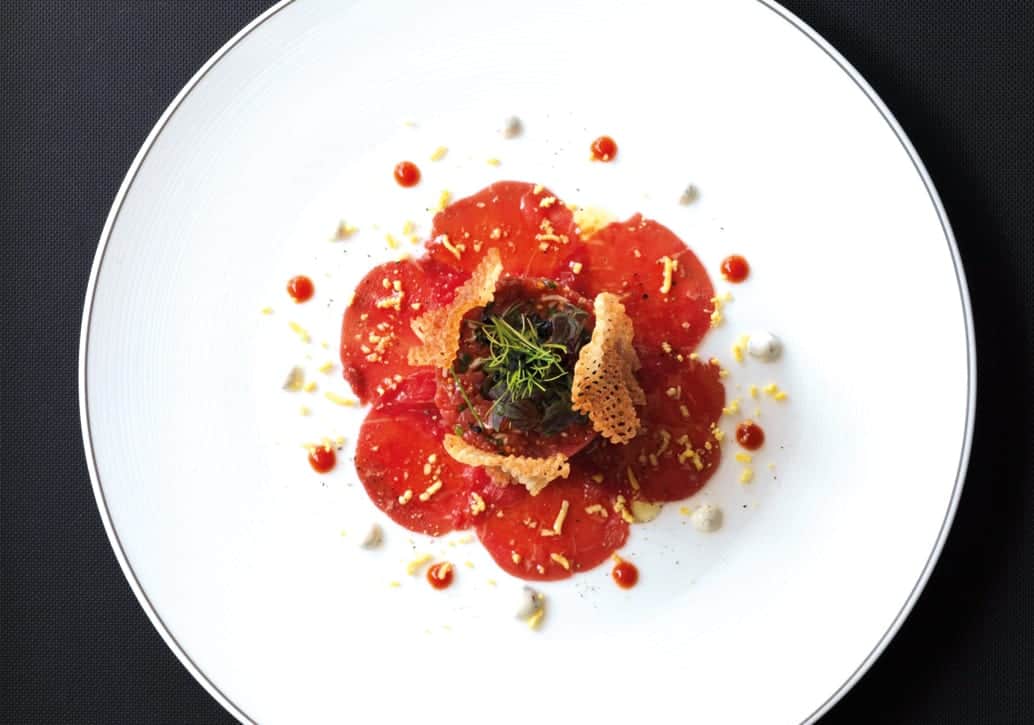 Lunch on the 49th
Lunch on the 49th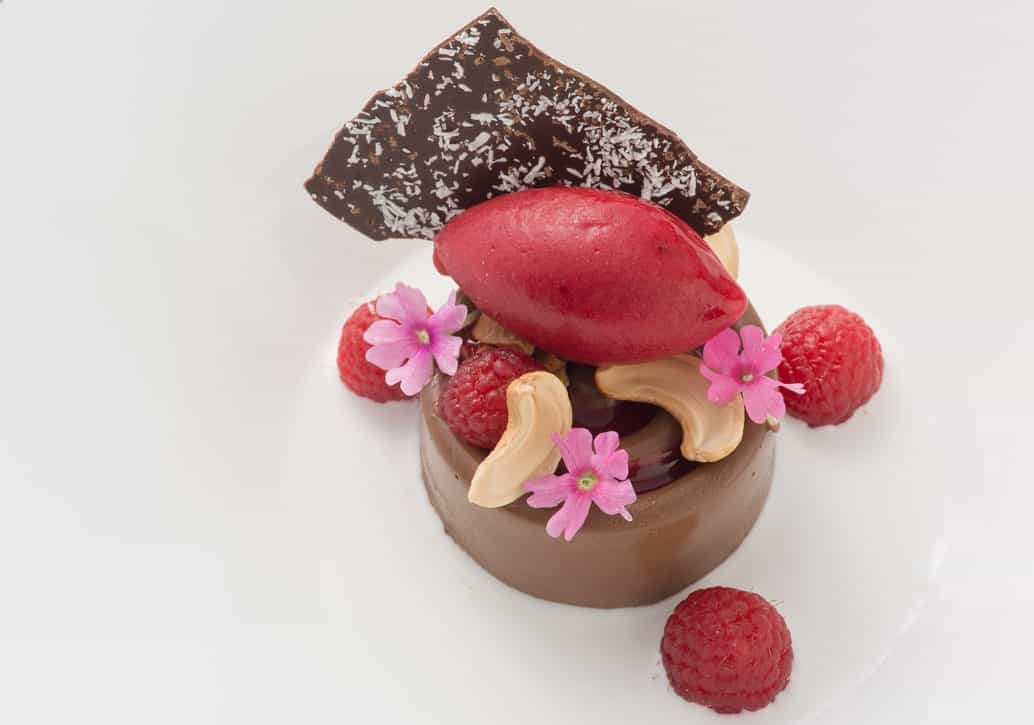
Recognized as a hideaway for those in the know, Café Gray plays host to sharply dressed business types discussing mergers and acquisitions sotto voce, as a sprinkling of well-heeled moms nosh with their impossibly well-behaved youngsters. The café’s charmingly rumpled chef, Gray Kunz, is a man not given to culinary verbosity. He relays his food prep philosophy in just six words: “Personalized, product-driven, precise and intuitive.”
Gray serves up my main himself: a slow-poached organic egg and crosnes (Chinese artichokes) with wild mushrooms. It’s deliciously rich with earthy undertones. To finish, I can’t resist a Floating Island, a soft, airy meringue with elderflower that comes atop a sea of crème anglaise spiked with redcurrants.
Definitely food to linger over, in a house that’s better than home.
INTERCONTINENTAL
Views over the legendary Victoria Harbour have me mesmerized. A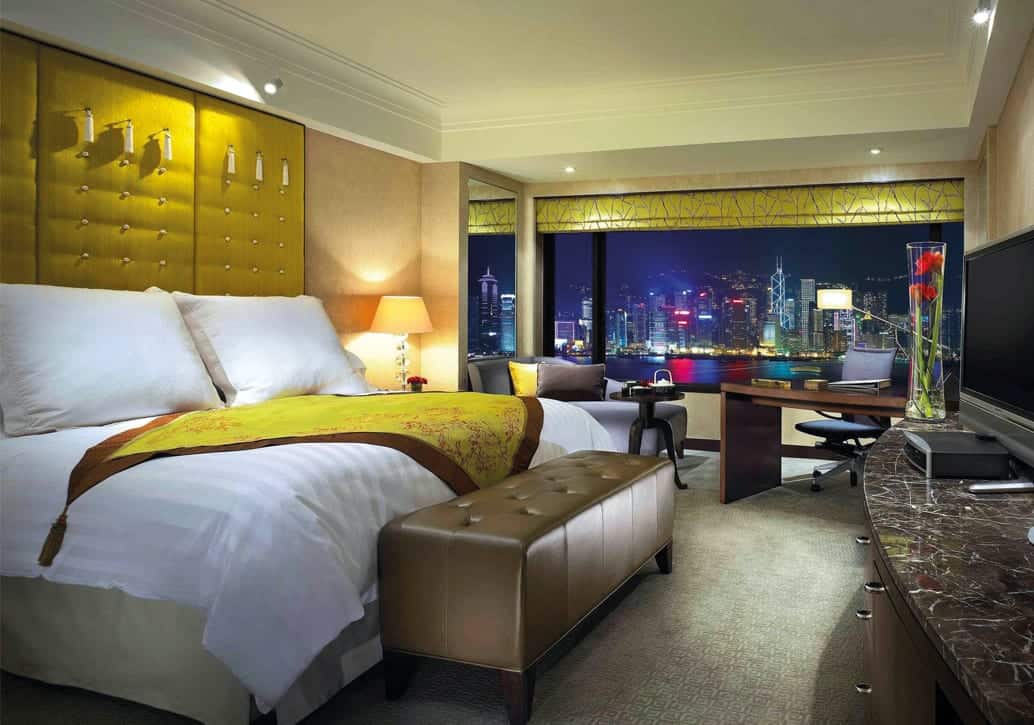
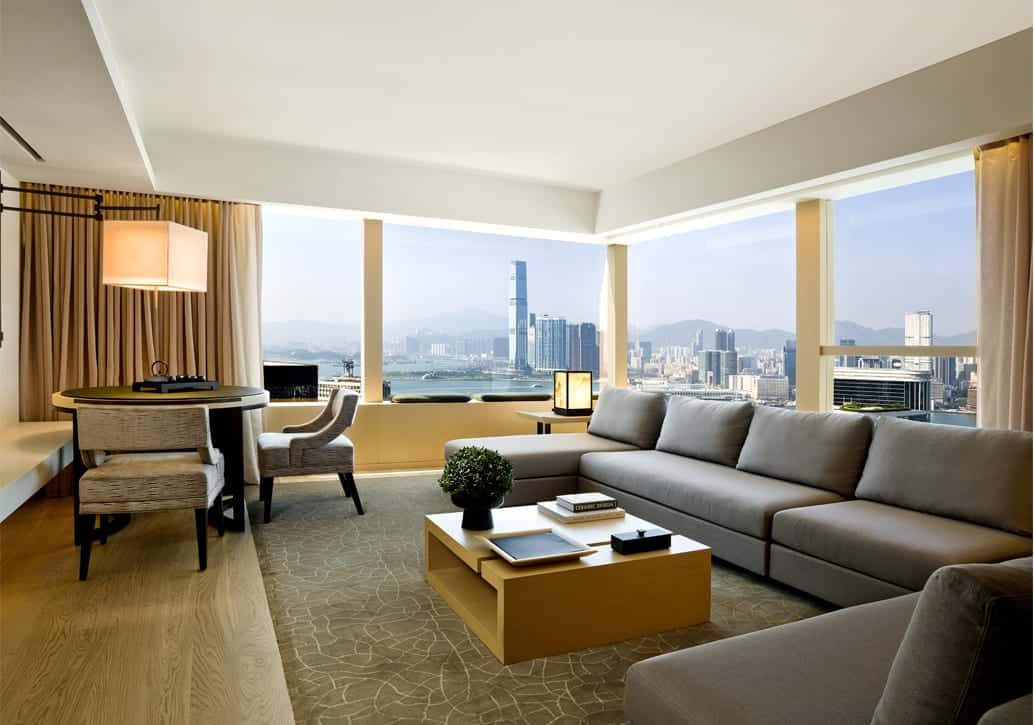 pale rose-gold evening sky silhouettes the mountains, while a riot of neon signs wink on.
pale rose-gold evening sky silhouettes the mountains, while a riot of neon signs wink on.
Although the InterContinental is one of the larger of Hong Kong’s hotels, with more than 500 rooms (87 suites and three signature suites), it never feels crowded, with one exception—the Harbourside restaurant’s popular buffet, where locals and tourist alike come for a good nosh on huge mounds of king crab legs and seafood!
But first, before I brave the city streets—for a small daily stipend, the Club Lounge serves bottomless champagne. Paired with artistically presented nibbles and a preferred concierge service, it’s just my cup of tea.
Guided by a feng shui master, the five spa suites on level three offer a congenial blend of Western and Oriental traditional treatments that are serenity itself. Each suite oozes tranquility, with green marble décor and a personal sauna, Jacuzzi and steam shower. Feng shui stipulations call for a large bowl of five or seven fish to be placed beside the spa entrance. In all honesty, I could spot only four fish. I say nothing for fear of enraging the dragons.
The Hong Kong Nobu, the first outside of Japan, is celebrating its 10th anniversary. Chef Nobu Matsuhisa, who got his start in Peru, has now opened 41 restaurants in 34 cities, apparently with encouragement from Robert De Niro. The new décor, by David Rockwell, makes it an even more serious temptation. However, the two-Michelin-starred Chinese Yan Toh Heen wins my heart.
Executive Chef Lau Yiu Fai bases his cooking on Cantonese cuisine. Each dish is a flawlessly presented jewel—and a taste sensation. Exquisitely braised whole abalone and seafood on a crispy taro nest, followed by “superior dumplings.” How else could a menu writer describe a breathtakingly gentle steamed lobster and birds-nest dumplings topped with gold leaf?
Over-ordering, despite the moderate portions, is a risk, but I can’t pass up the baked conpoy, Iberico ham and turnip in a light puff pastry, or the wonderful roasted duck with taro buns. No meal would be complete, I tell myself, without just a taste of wok-fried prawns in homemade XO chilli sauce or crispy fried rice with crab claw in fish bouillon. The sommelier recommends a perfect complement—a surprisingly gently fruity New Zealand Sauvignon Blanc. What a feast!
Up before dawn, Master Ng, a diminutive, wise and wiry elder with a disarmingly strong voice, appears for my tai chi class.
Where the master moves and bends graciously, I stumble and flail. My legs tremble. We finally end with a knees-bent meditation that lasts for five minutes. Ng’s generous in his praise of my efforts, but this ancient practice clearly requires a lifetime of instruction and learning. I come away with a newfound and healthy respect for the practice.

